On Tuesday, we saw the presentation of the long-awaited iPad mini (6th generation), which received a number of interesting changes. The most obvious one is, of course, the overall redesign of the design and the 8,3″ edge-to-edge display. Touch ID technology, which until now was hidden in the Home button, has also been moved to the upper power button, and we also got a USB-C connector. The performance of the device has also moved several steps forward. Apple has bet on the Apple A15 Bionic chip, which by the way also beats inside the iPhone 13 (Pro). However, its performance is slightly weaker in the case of the iPad mini (6th generation).
Although Apple only mentioned during the presentation itself that it has moved forward in terms of iPad mini performance - specifically, it offers 40% more processor power and 80% more graphics processor power than its predecessor, it did not provide any more precise information. But since the device has already reached the hands of the first testers, interesting values are beginning to surface. On the portal Geekbench benchmark tests of this smallest iPad were discovered, which according to these tests is powered by a 2,93 GHz processor. Although the iPad mini uses the same chip as the iPhone 13 (Pro), the Apple phone boasts a clock speed of 3,2 GHz. Despite this, the effect on performance is practically negligible.
It could be interest you
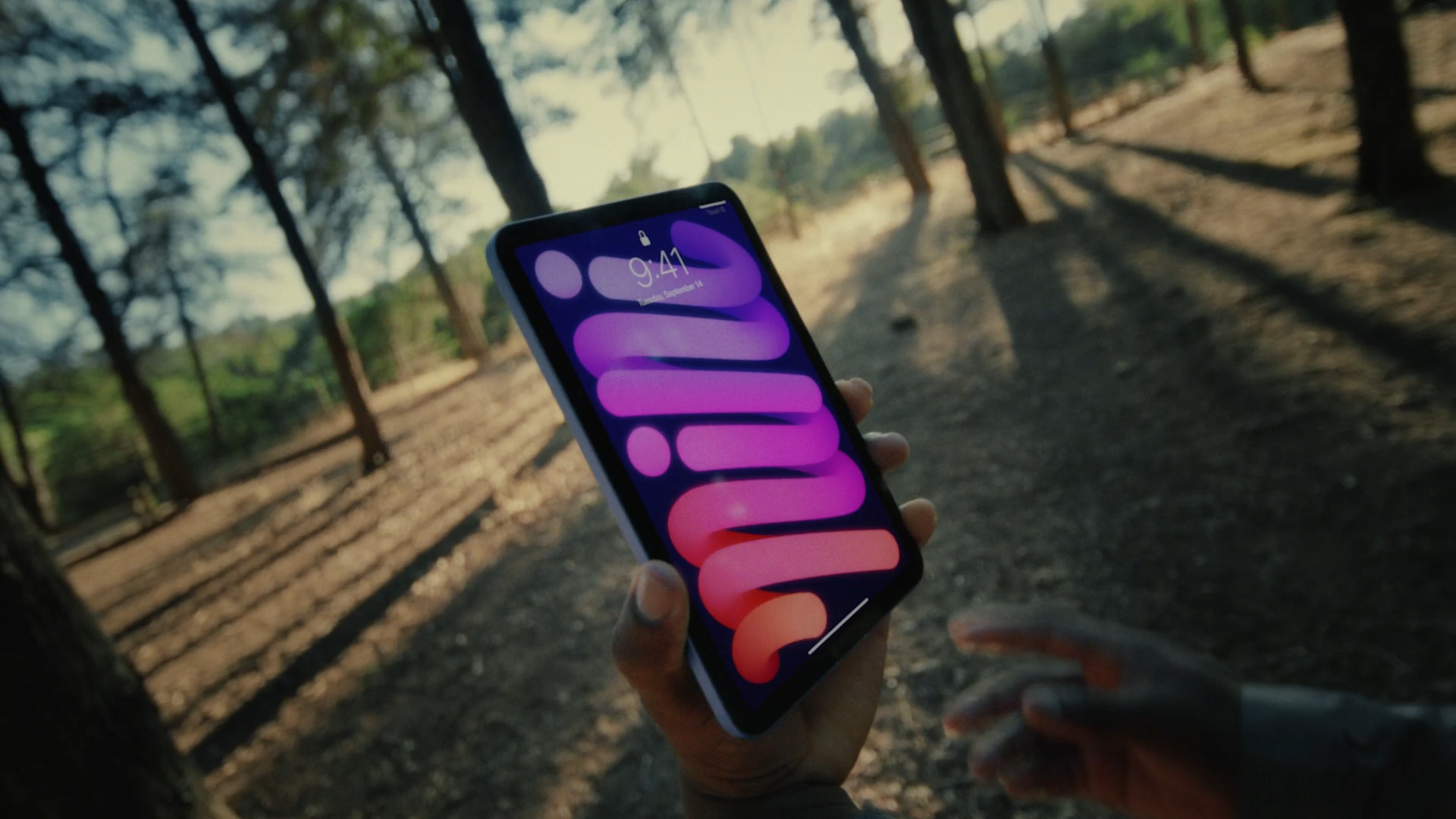
The iPad mini (6th generation) scored 1595 points in the single-core test and 4540 in the multi-core test. For comparison, the iPhone 13 Pro, which by the way also offers a 6-core CPU and 5-core GPU, scored 1730 and 4660 points in the single-core and more cores. Therefore, the differences in performance should not be practically even visible, and it can be expected that the two devices will hardly be able to drive each other into a tight spot.
- Newly introduced Apple products will be available for purchase at, for example Alge, Mobile Emergency or u iStores




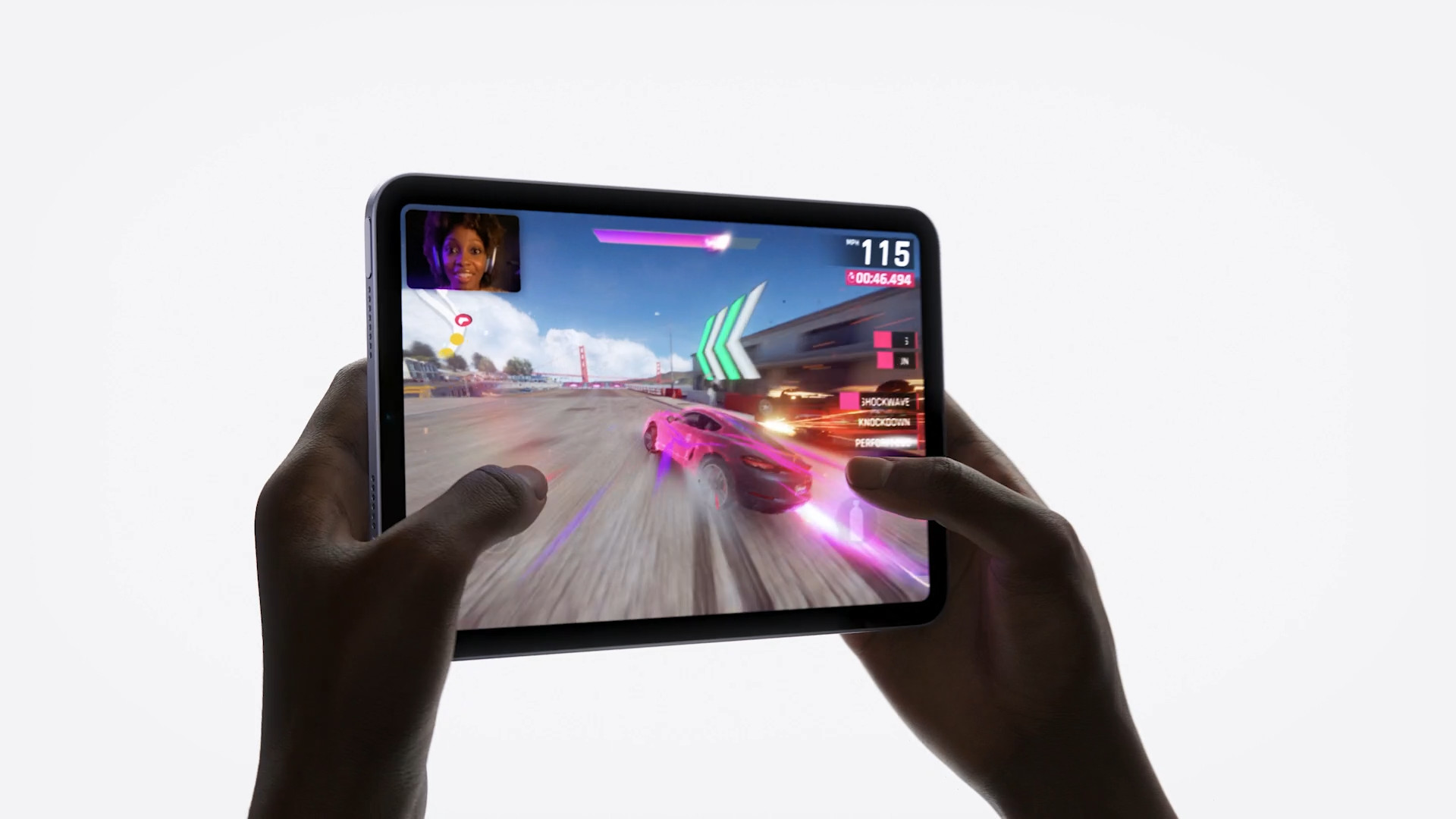
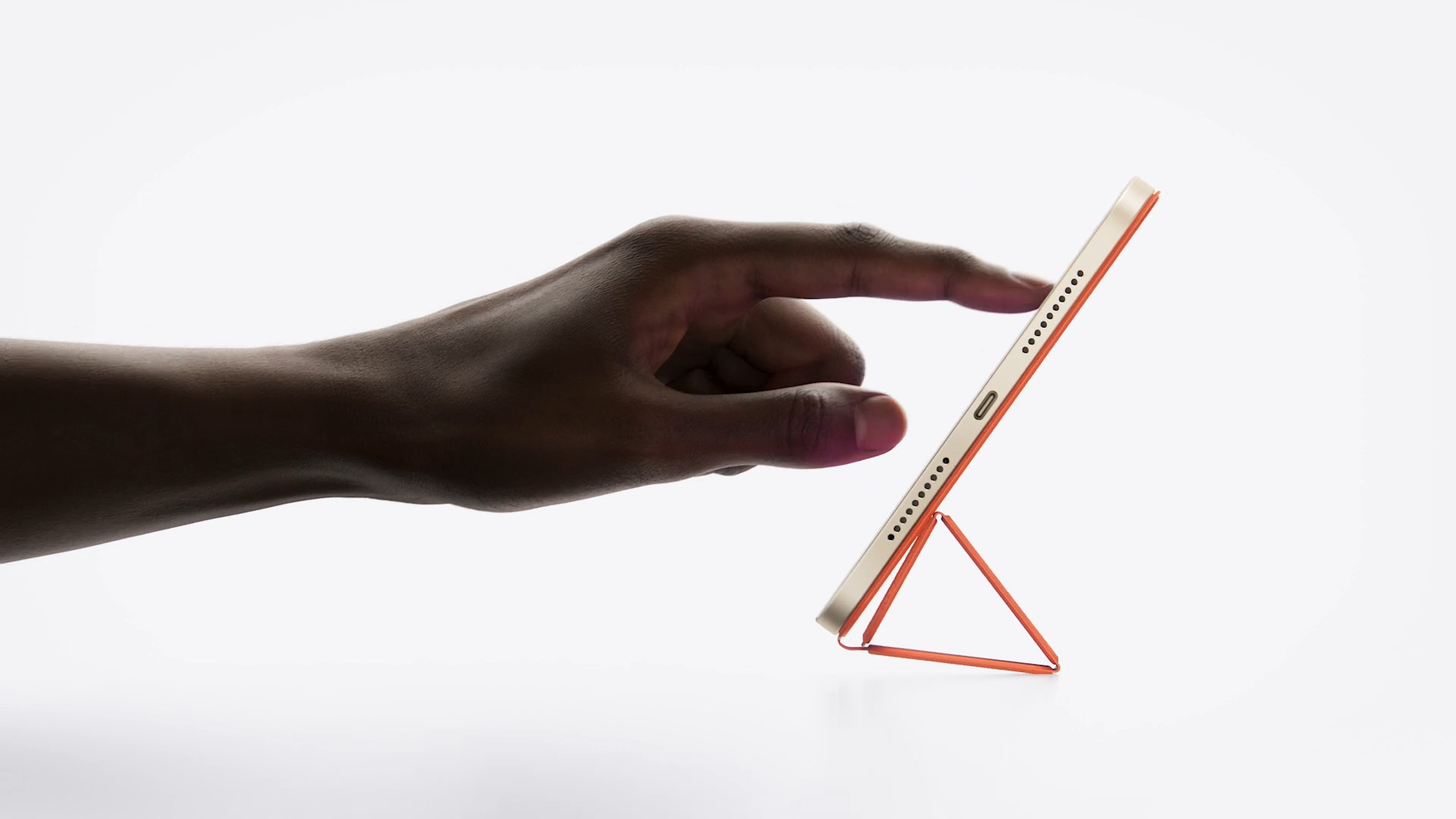


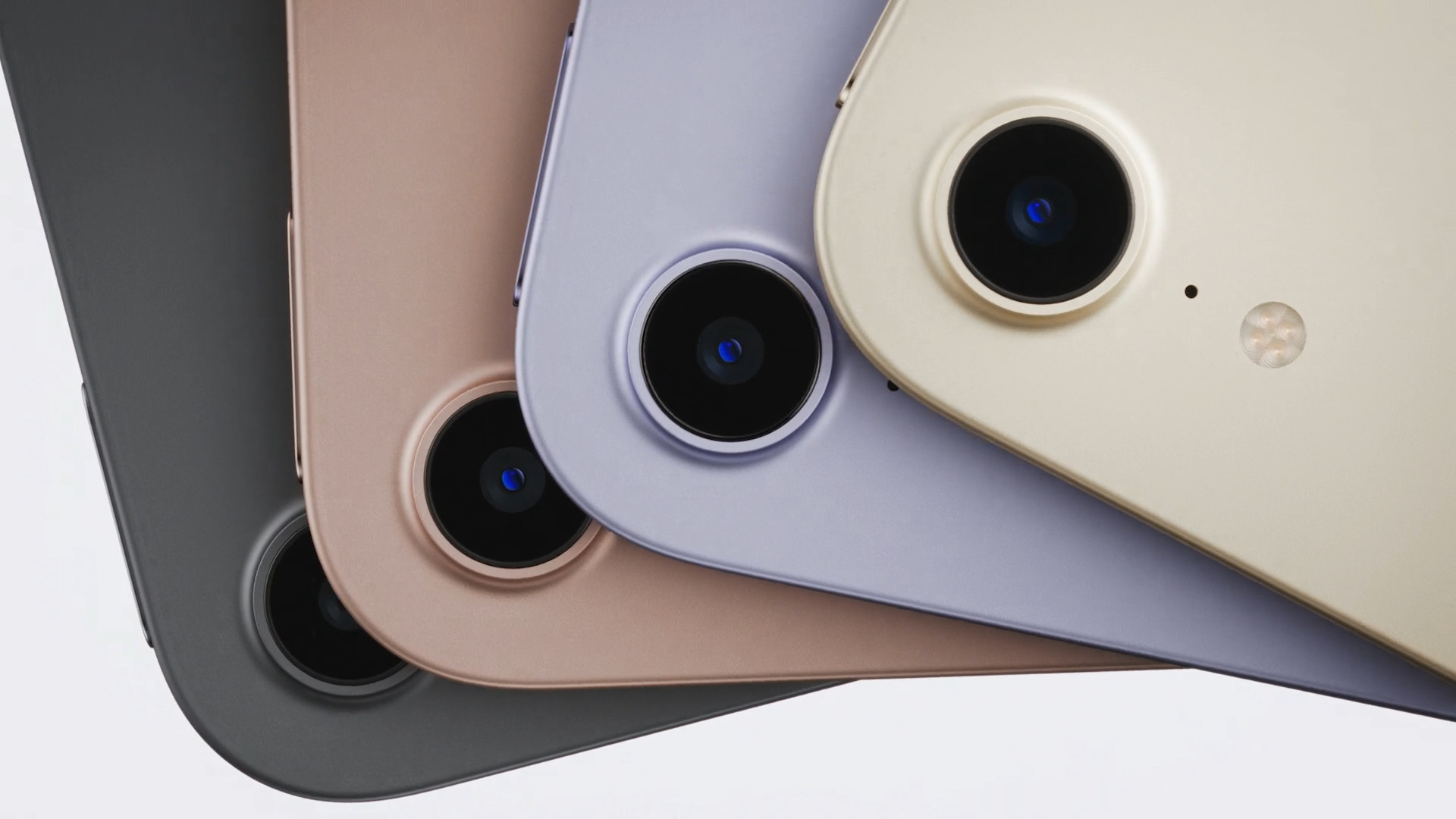
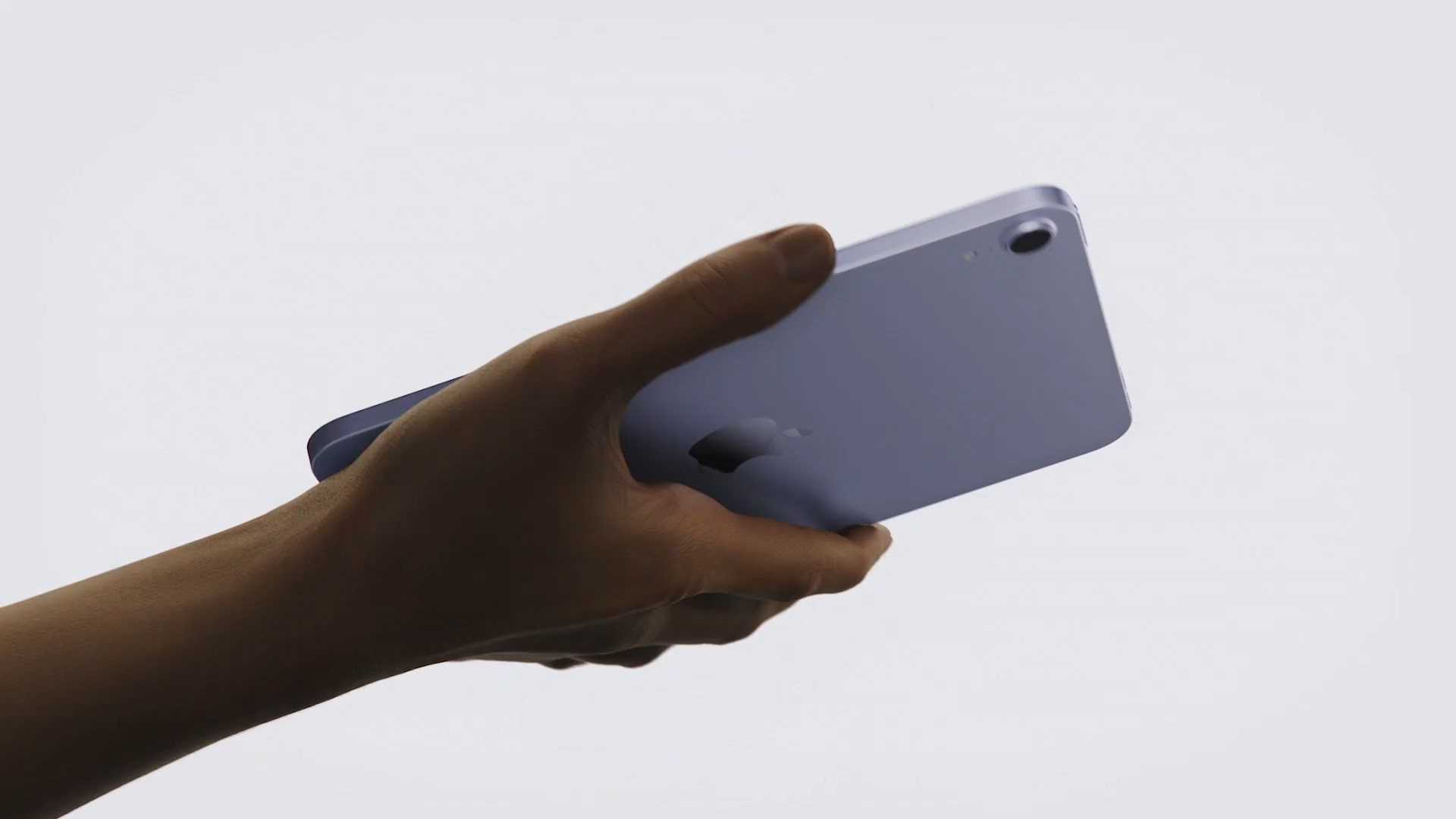
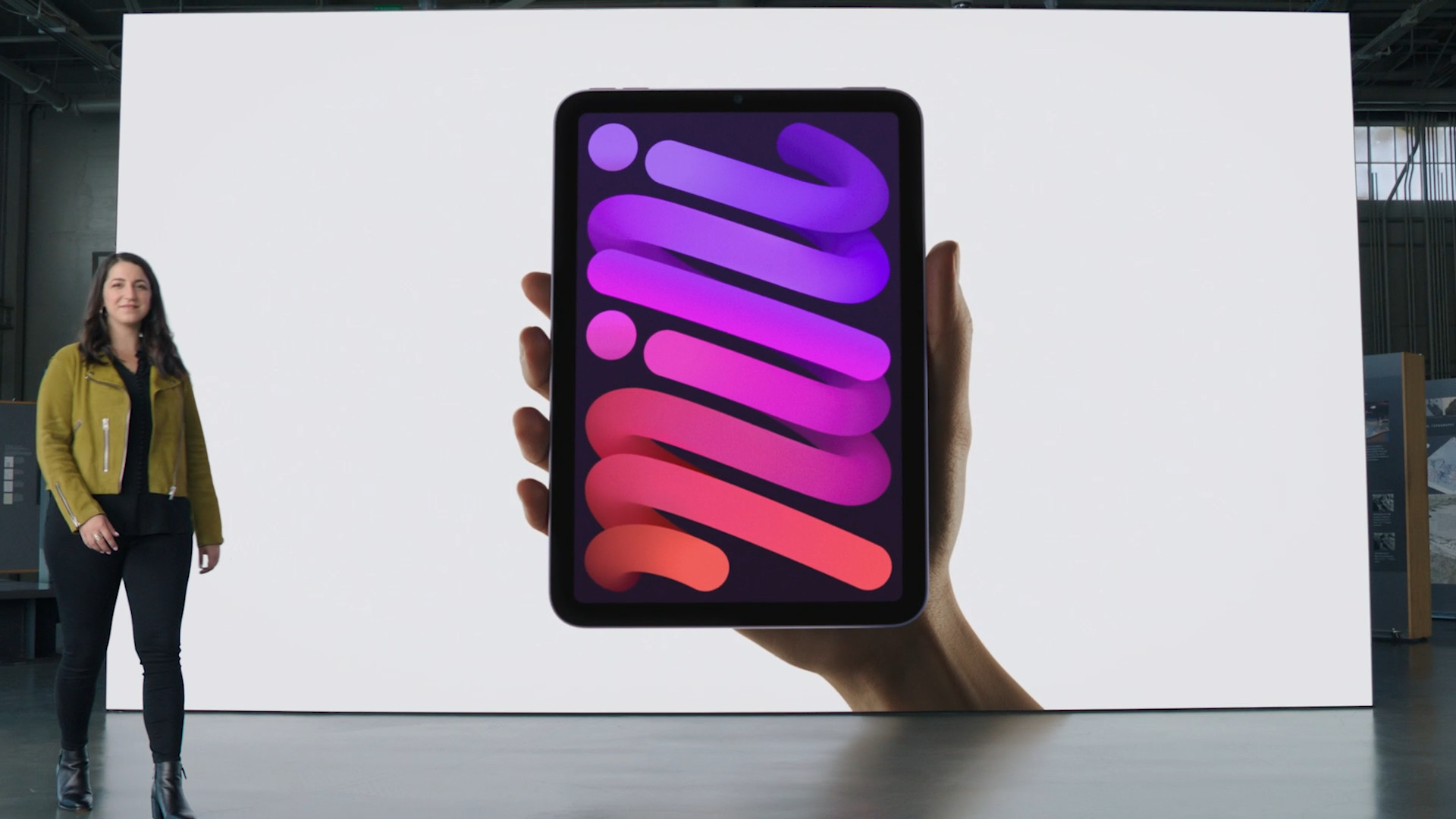





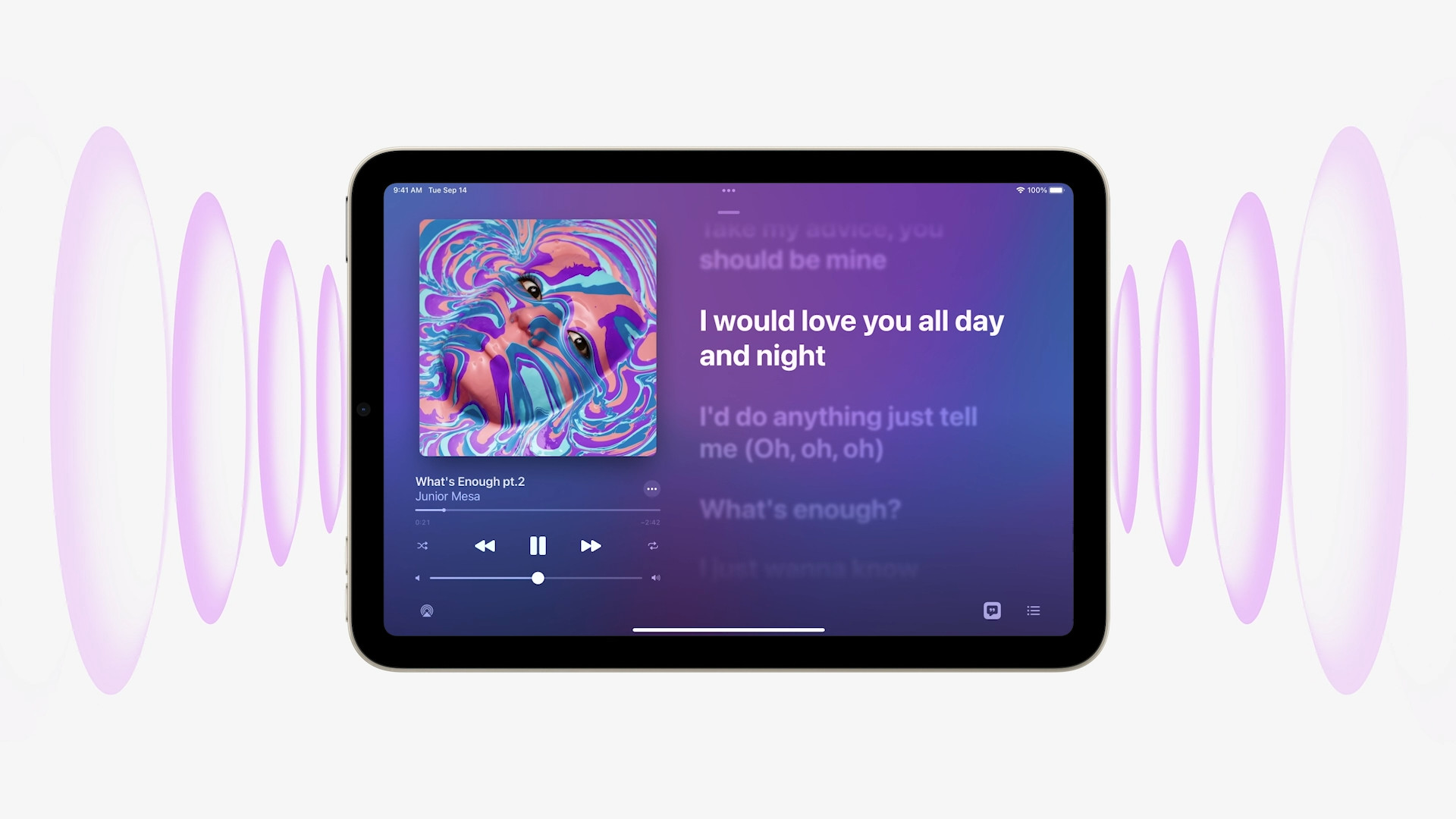
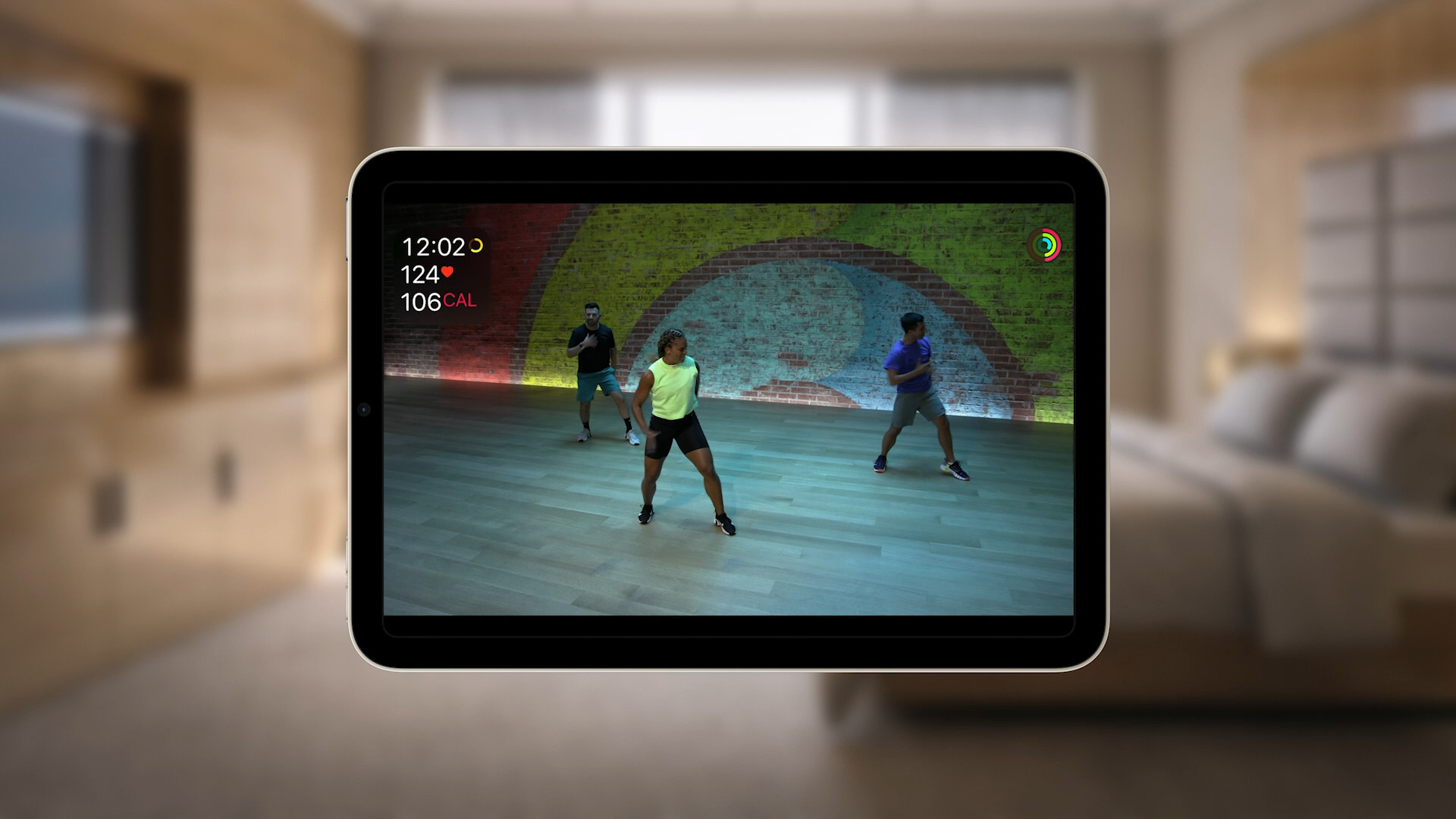
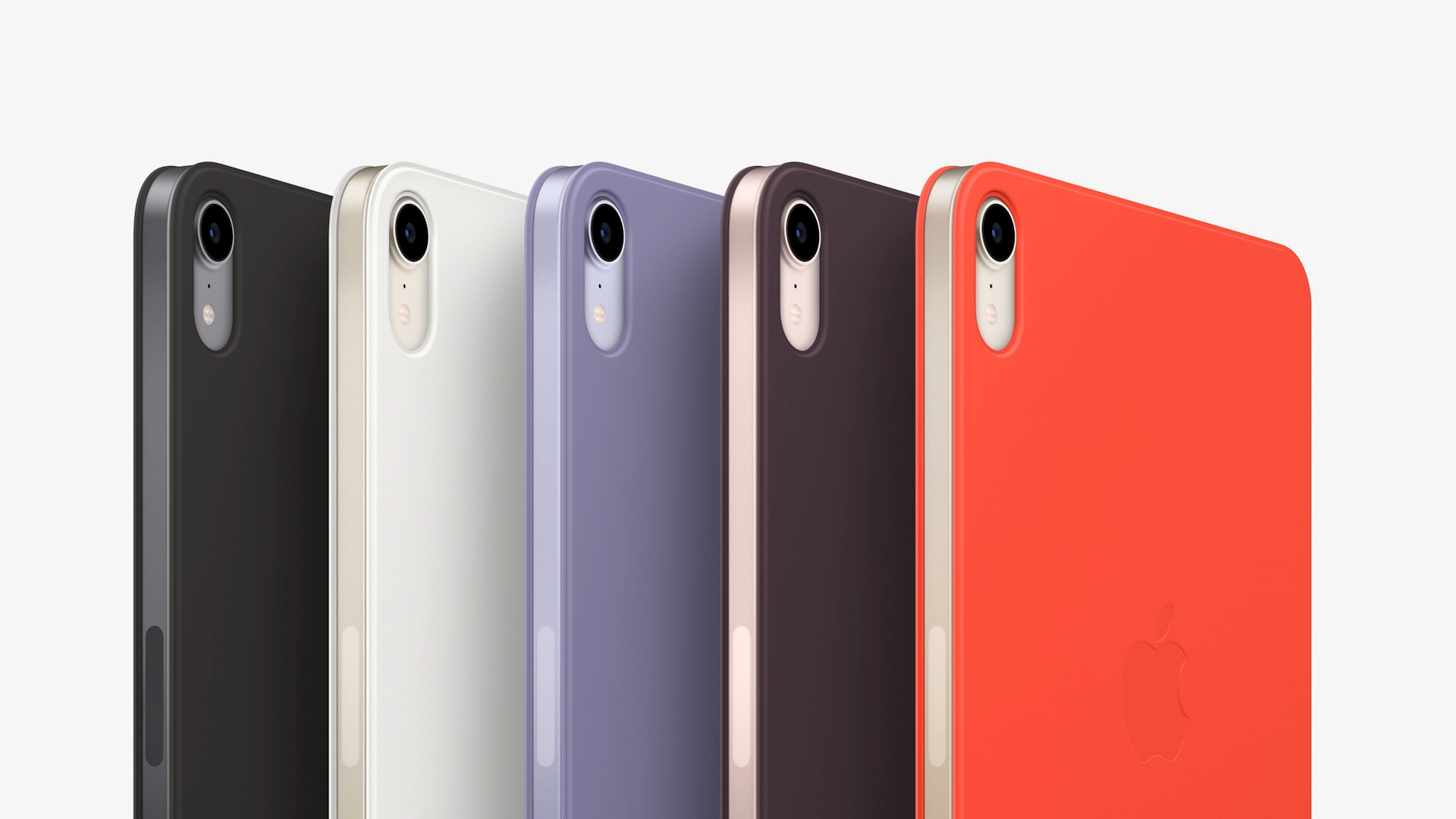





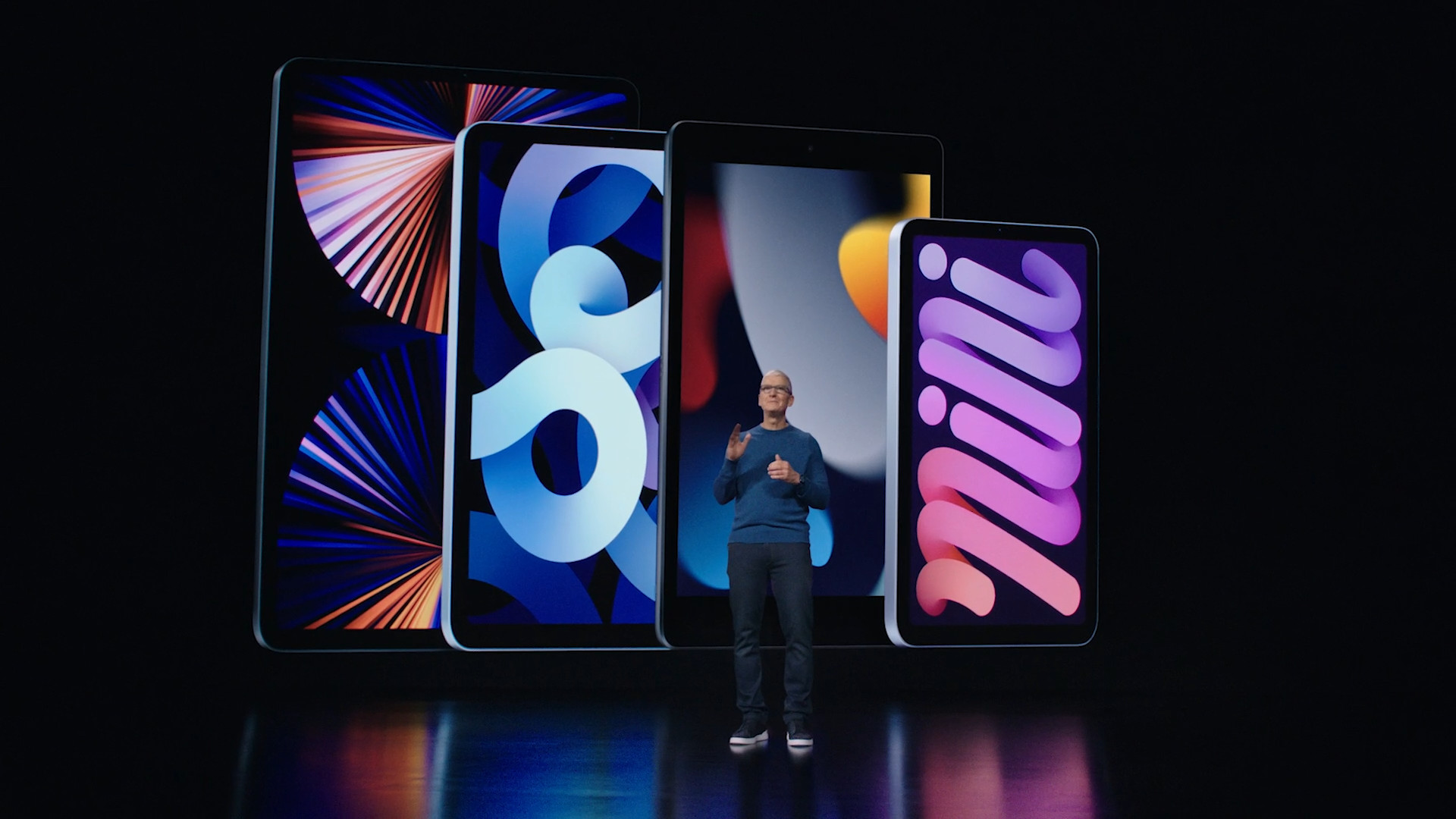
 Adam Kos
Adam Kos